People can remember facts 20 times better when they are part of a story. That is why a story is the most powerful tool for conveying information. Today, some are talking about a storytelling boom — due to the dominance of various content on social networks — but, according to Western experts, it is still in its early stages. Because in a few years, the world is predicted to have a so-called empathy economy. And then humanity will need even more insightful and emotional stories.
The impact of stories on the audience, as well as the features of their search and writing, were discussed at the webinar titled How Storytelling Helps Journalists Convey Information In Modern Conditions, held as part of the National Union of Journalists of Ukraine’s (NUJU) training course called Strengthening the Resilience of Frontline Media.
Unique for memorization
Storytelling, despite its ancient presence in human civilization, has appeared as a formulated concept quite recently. And only now have scientists from leading universities worldwide begun to study it carefully.
What is special about stories? According to Tamara Kutsai, stories are unique for memorization, provide a competitive advantage in the era of artificial intelligence, and convey knowledge, values, and experience in a concise form.
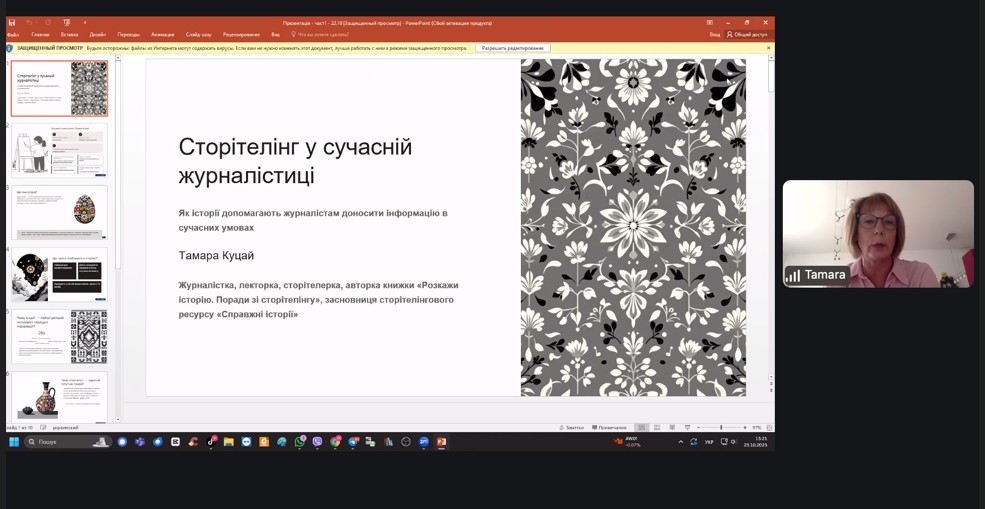
“According to research by Princeton University psychology and neuroscience scientists, when people hear a story unfold, their brain waves actually begin to synchronize with the waves of the narrator,” says Tamara Kutsai.
Humanity has been accompanied by stories since ancient times, starting with cave paintings. Settlements and even certain technologies have their own stories. There is a story behind every invention. Therefore, the expert notes, it is important for journalists to see these stories because they are everywhere.
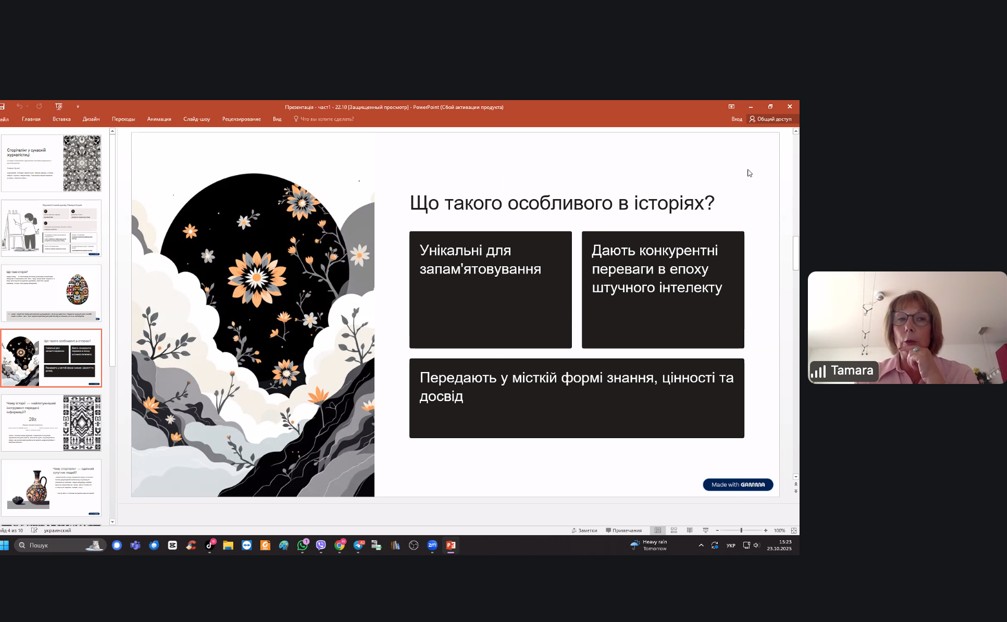
An effective way to convey information
Why are stories an effective way to convey information?
- Structuring (stories structure information);
- Audience orientation (stories are designed for the preferences and needs of a certain audience);
- Empathy mechanism (empathy helps to firmly root a story in human consciousness and pass it on).
Information is better conveyed in stories due to the peculiarities of human thinking. Most people do not think in numbers and percentages, do not perceive dry facts. People view the world in stories – events, their causes and consequences. In addition, stories contain emotions.
“It is precisely because of emotions and feelings,” says Tamara Kutsai. “That artificial intelligence is not a competitor in the storytelling market. Because it cannot feel.”
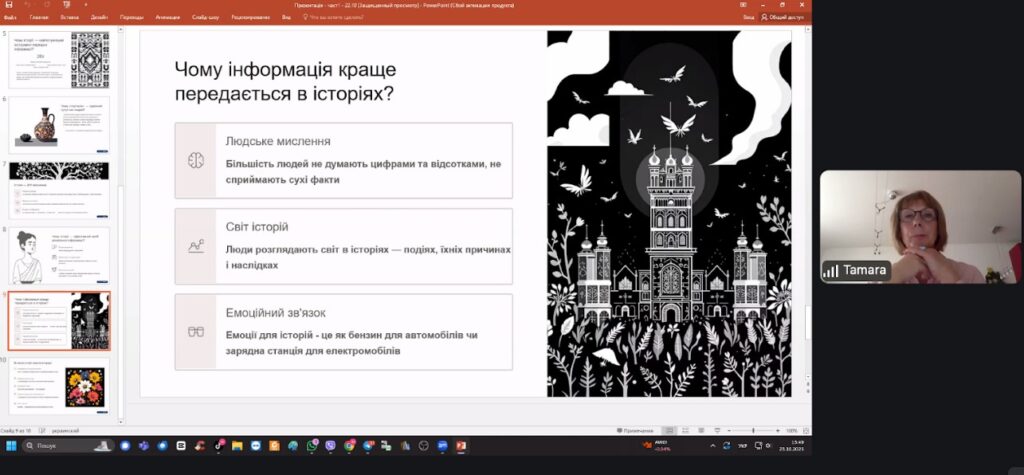
How to write stories: practical advice
- A story should contain action, dialogues, and details. A good story can activate the reader’s or listener’s imagination, allowing them to mentally “transport themself” into the story.
- The characters must be real: do not ‘decorate’ them, do not give them fictional qualities or traits. The hero’s actions and aspirations must be understandable.
- Get rid of ‘verbal garbage’ (clichés, meaningless metaphors, words without semantic load, etc.).
- Choose short words.
- Remove the unnecessary (if a word can be removed, remove it).
- Avoid abstraction and banality.
- Write simply: simplicity is the best way to convey your story to the reader.
- Look for non-standard, non-template approaches (an anti-template approach can create a strong story).
A story can attract attention when it has something to ‘hook’ the reader. At the same time, if journalists write stories about victims, military personnel, people who have experienced the death of relatives or loved ones, they should not ‘cling’ to the heroes, make ‘loud’ headlines to attract attention. They should remember the human right not to make their story public.
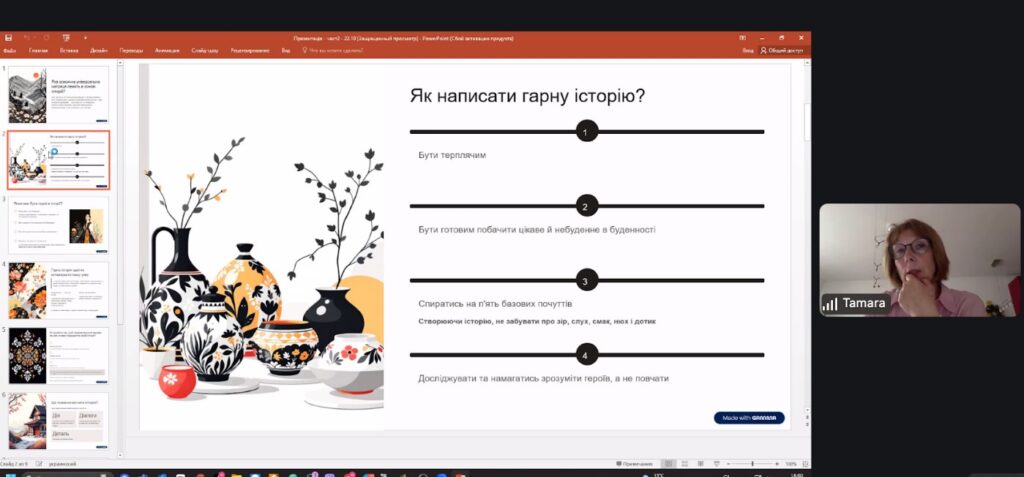
Advantages and threats of storytelling
Storytelling, according to Tamara Kutsai, is a powerful tool that requires responsible use. It can both reveal the truth and hide it behind a beautiful wrapper.
Storytelling is a tool for critical thinking
“When they ‘paint’ a certain picture for us, give us ‘convincing’ numbers, but this is not the truth. With stories, we can demonstrate that, in reality, everything is different. By looking closely at the stories, analyzing them, we discover a lot of new things for ourselves,” the speaker emphasized.
At the same time, stories can also be a ‘jamming device’ for critical thinking, because they operate on emotions—a powerful tool of manipulation.
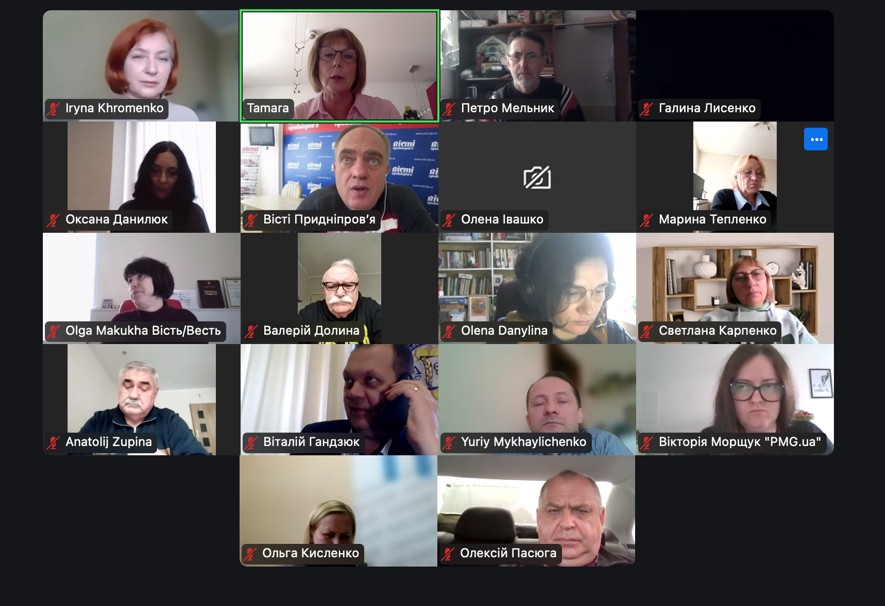
The project is funded by the Embassy of the Republic of Lithuania in Ukraine within the framework of the Development Cooperation and Democracy Promotion Programme.


 THE NATIONAL UNION OF
JOURNALISTS OF UKRAINE
THE NATIONAL UNION OF
JOURNALISTS OF UKRAINE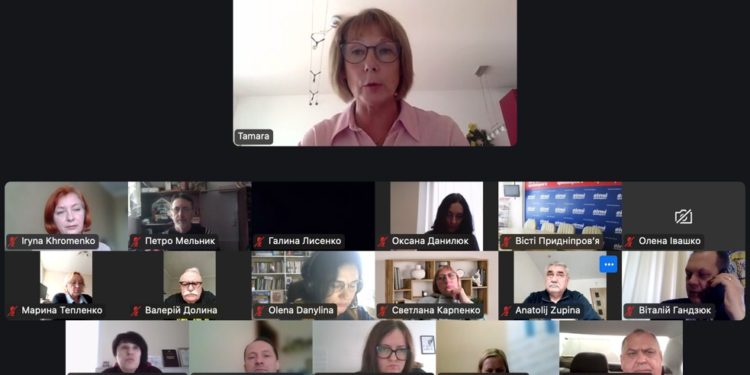











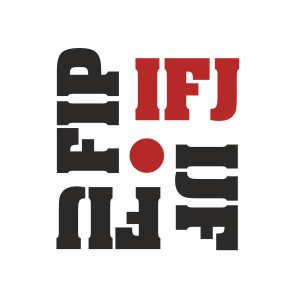
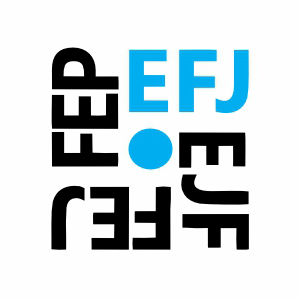


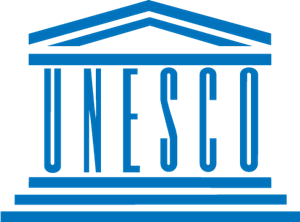
Discussion about this post